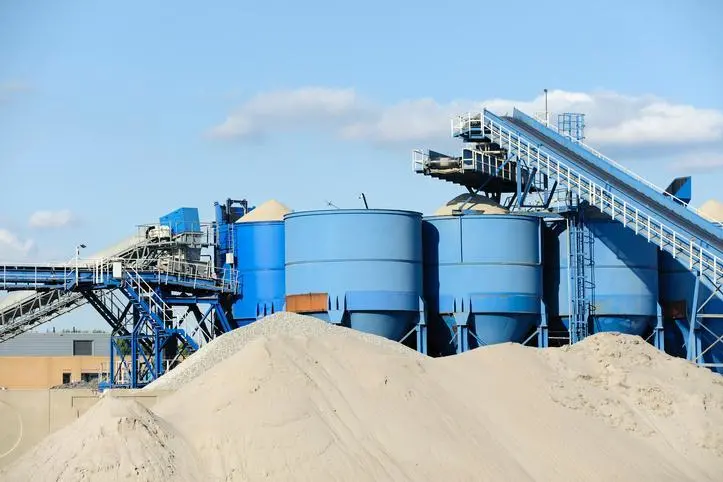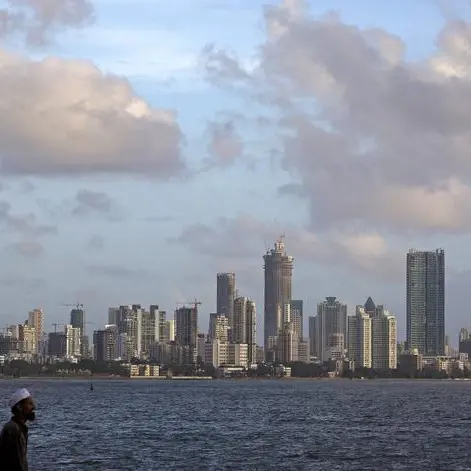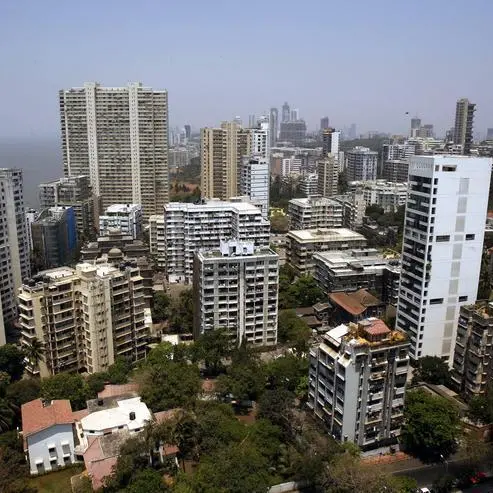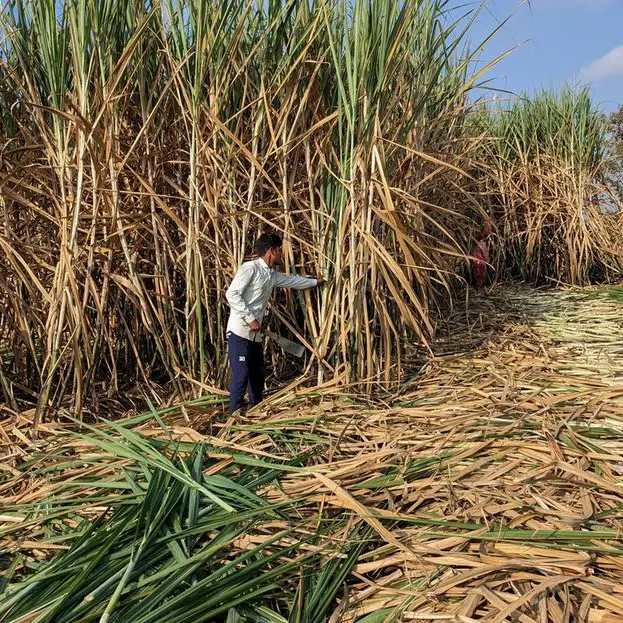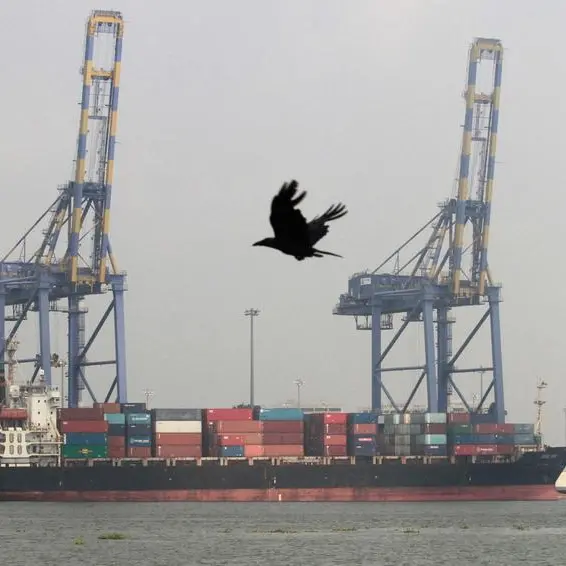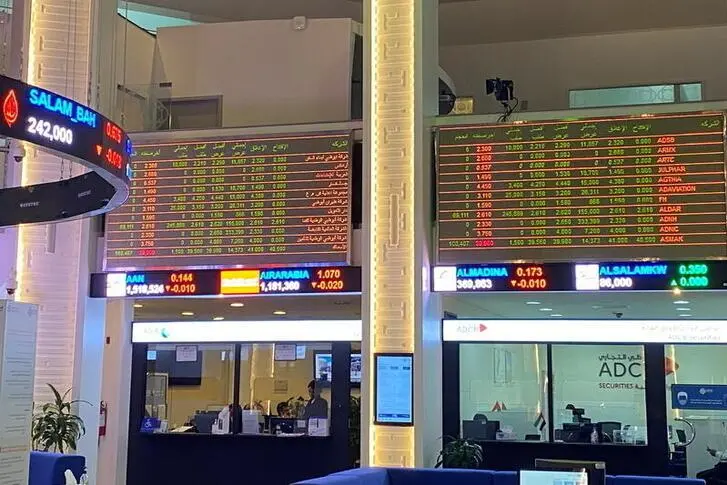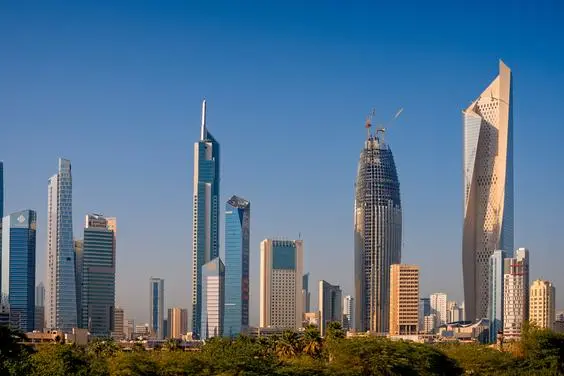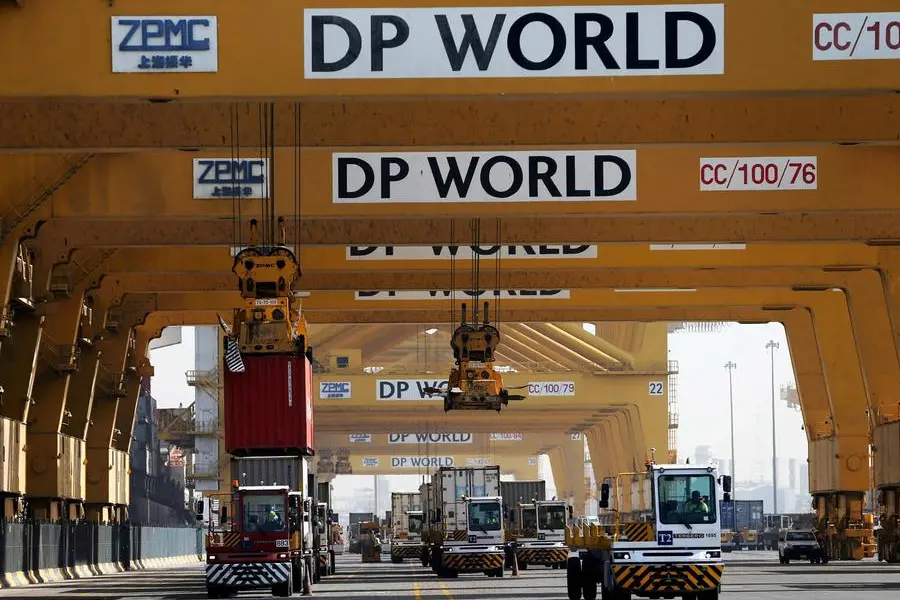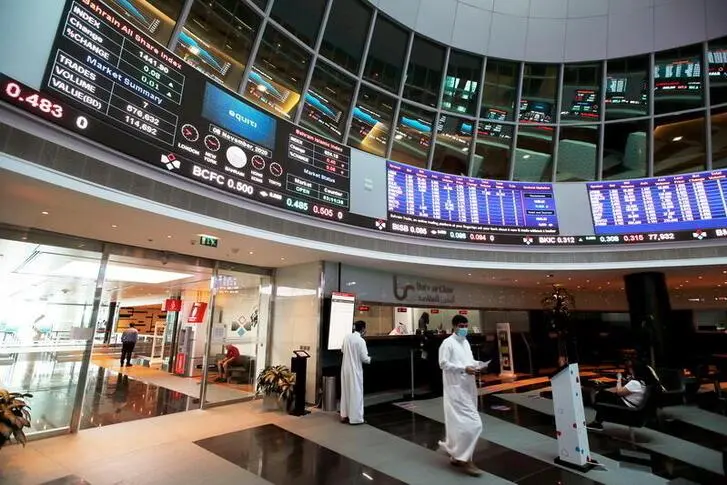PHOTO
Image used for illustrative purpose. Cement factory.
New Delhi: Indian cement manufacturers are set to invest approximately $14.3 billion over the next four years to increase capacity by 25 per cent.
This move, driven by rising domestic demand, is expected to add an additional 160-170 million tonnes of cement production annually. The industry's expansion will be predominantly funded through internal accruals, with minimal reliance on debt.
The expansion is spurred by government's massive infrastructure push, with plans to invest USD 1.7 trillion in infrastructure projects by 2030.
According to S&P Global Ratings, the demand for cement in India is projected to grow at a compounded annual growth rate (CAGR) of 7 per cent over the next four years, aligning with the planned capacity additions.
The bulk of this growth will come from the top-three cement producers--Ultratech, Ambuja and Shree Cement, which will account for over 70 per cent of the country's total capacity increase.
This expansion equates to an annual capital expenditure of close to Rs 300 billion, which will be more than double the average annual capex of the past decade.
The leading cement companies, which produce 70 per cent of India's total cement output, are in a strong financial position to support this expansion.
Rising cement prices have bolstered their balance sheets, allowing them to reduce debt significantly while maintaining robust cash flows.
As of March 31, the top three cement companies had cash and liquid investments exceeding Rs 250 billion, providing ample liquidity for future acquisitions and expansion.
Ambuja Cement's recent acquisition of Penna Cement Industries Ltd. for Rs 104 billion, fully funded through internal accruals, exemplifies the sector's financial health.
Both Ambuja Cement and Shree Cement are expected to maintain a net cash position despite their large capital expenditure plans, while UltraTech Cement is projected to turn net cash positive by fiscal year 2026.
Cement producers are expected to achieve cost efficiencies through a shift in fuel mix, greater use of captive coal, and logistics optimisation.
These initiatives could lower industry-wide production costs by 8 per cent-10 per cent over the next four years. UltraTech Cement and Ambuja Cement, leading in cost optimisation, aim to reduce their production cost by Rs 500 per ton by 2028, further enhancing profitability.
Despite potential price cuts as new capacity comes online, these cost reductions are anticipated to offset any declines in cement prices, allowing the industry to achieve a 1.5-2 percentage point improvement in EBITDA margins.
Additionally, India's abundant limestone reserves ensure raw material security, further stabilising production costs.
The government's initiative of the National Infrastructure Pipeline (NIP), need a capital outlay of Rs 100 trillion (USD1.2 trillion) across various sectors, including roads, housing, urban infrastructure, railways, power, and irrigation. These sectors account for the majority of cement consumption in the country.
With India's cement demand expected to grow at a 7 per cent CAGR, the capacity utilisation levels are likely to remain above 70 per cent, even as new capacity is added.
As the second-largest cement producer globally, India's per capita cement consumption, currently at 280 kilograms, remains below the world average.
© Muscat Media Group Provided by SyndiGate Media Inc. (Syndigate.info).
